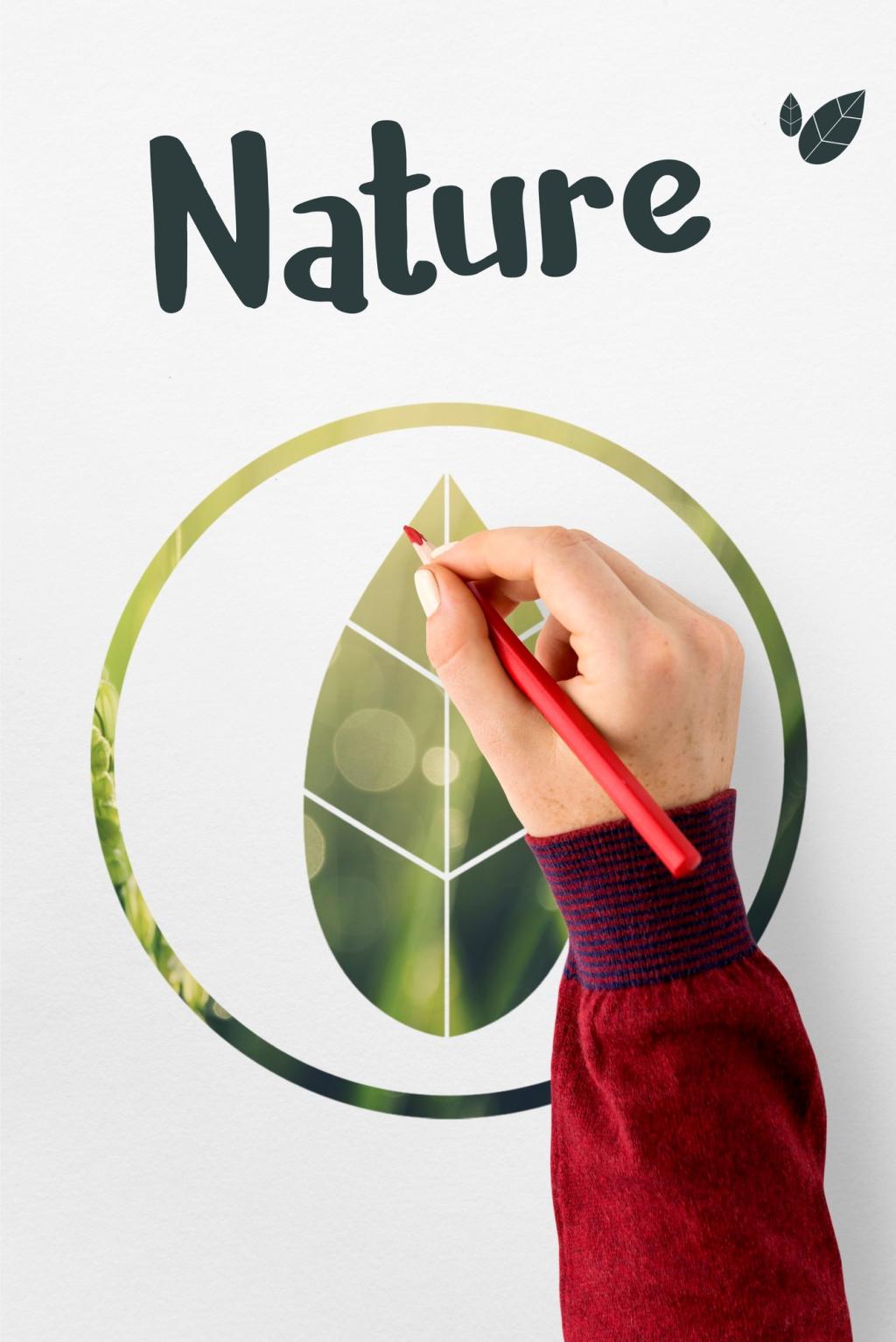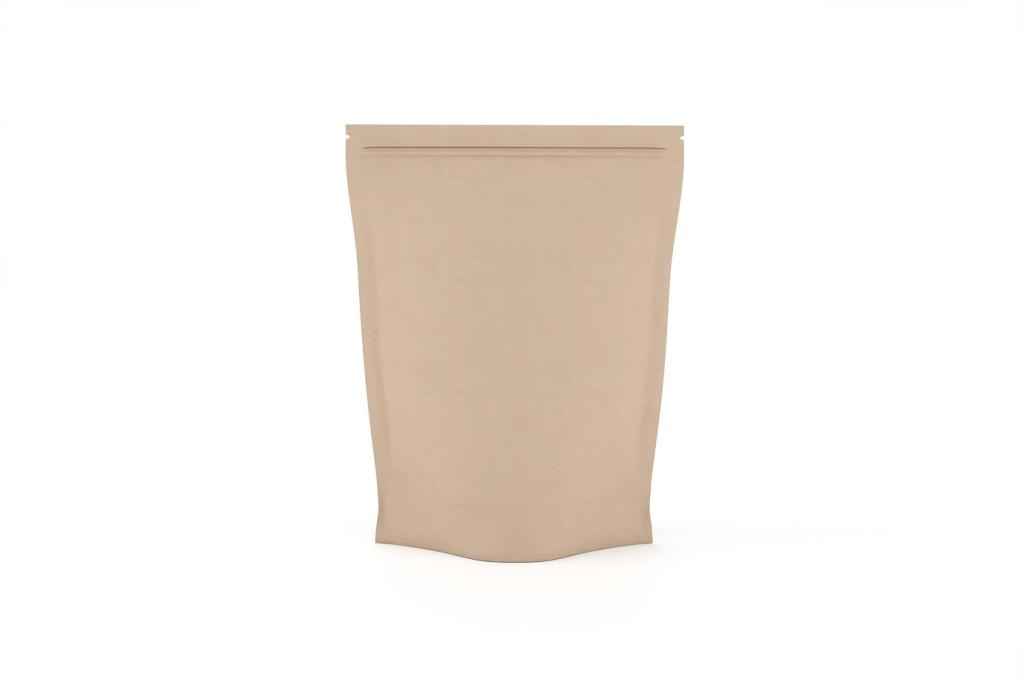This website uses cookies so that we can provide you with the best user experience possible. Cookie information is stored in your browser and performs functions such as recognising you when you return to our website and helping our team to understand which sections of the website you find most interesting and useful.
Upcycling has emerged as a transformative force within the world of interior design, redefining how spaces are curated and experienced. At its core, upcycling involves repurposing discarded or unused materials and giving them a new lease of life within interiors. This sustainable design philosophy offers a creative response to environmental concerns while enriching homes and commercial spaces with unique, meaningful elements. The incorporation of upcycled items not only diverts waste from landfills but also fosters individuality and storytelling within interior settings. As interior designers and enthusiasts increasingly prioritize eco-conscious choices, understanding the role and impact of upcycling becomes essential for creating spaces that are both beautiful and responsible.

Sustainability and Environmental Impact

Creative Reimagination and Personalization
Upcycling as a Creative Driver in Interior Aesthetics


